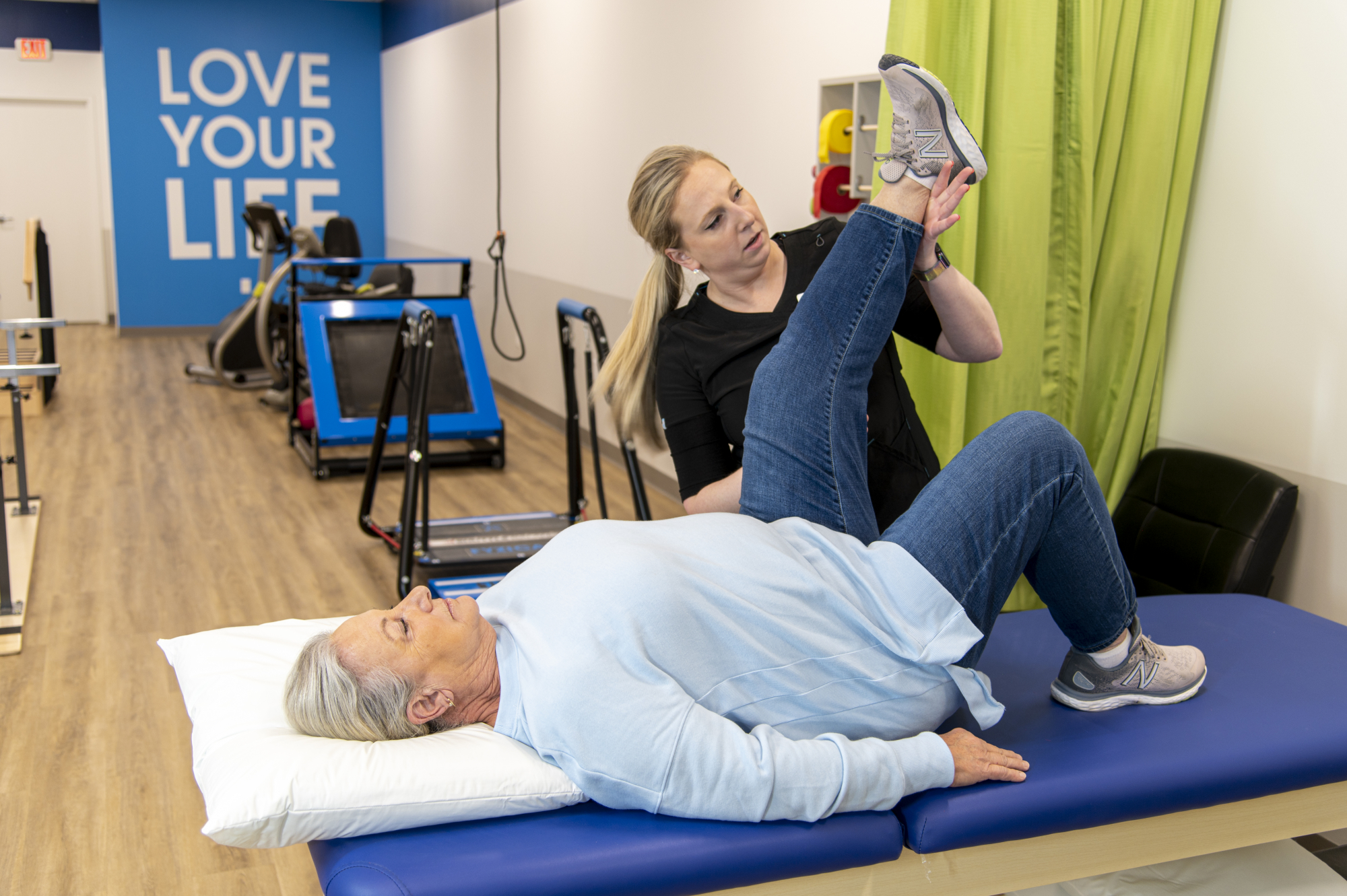Utilizing the Strength of Physical Activity to Alleviate Persistent Discomfort and Enhance Quality of Life
Utilizing the Strength of Physical Activity to Alleviate Persistent Discomfort and Enhance Quality of Life
Blog Article

Chronic pain impacts numerous of people worldwide and can substantially diminish the quality of living. It can result from multiple disorders, such as joint inflammation, chronic pain syndrome, or previous traumas. While medications and treatments are commonly used to control pain, a growing body of studies shows that physical activity can play a vital role in alleviating chronic pain. Engaging in regular physical activity can not only help reduce pain levels but also improve overall health and functionality. Comprehending how exercise affects the body can enable individuals to assume control of their pain management.
Physical activity has several physical benefits that can help reduce chronic pain. When people engage in physical activities, their bodies release endorphins, which are natural pain-relievers. Additionally, exercise can improve blood circulation and strengthen muscles, providing better support for joints. For those with conditions like arthritis, low-impact exercises such as swimming or cycling can help maintain joint flexibility without placing excessive stress on the system. Regular exercise also helps in maintaining a healthy weight, which can reduce the stress on weight-bearing joints and further ease pain.
In addition to its physical benefits, exercise has a positive impact on mental health. Chronic pain can often lead to emotions of anxiety and depression, which can worsen the perception of pain. Engaging in consistent physical exercise can assist fight these feelings by boosting self-esteem and elevating mood. Collective exercises, such as yoga or core strengthening, also provide communal interaction, which can enhance emotional support. This mixture of bodily and emotional health benefits makes exercise an crucial component of a comprehensive pain relief strategy.
It is crucial to tackle exercise with care, especially for those dealing with chronic pain. Starting slowly is crucial to avoid exacerbating symptoms. Individuals should think about seeking advice from healthcare experts to develop a personalized exercise program that takes into consideration their particular issues and constraints. Activities such as stretching, walking, or gentle yoga can be great initial points. Slowly boosting the intensity and duration of workouts can help build strength and endurance without causing undue strain on the system.
In conclusion, harnessing the benefits of exercise can substantially reduce chronic pain and improve standard of life. Regular physical activity not only helps to lessen pain through the release of endorphins and enhanced muscle strength but also promotes mental health. By incorporating exercise into daily routines, individuals can enable themselves in controlling useful reference their pain. A careful and knowledgeable approach to exercise, guided by healthcare professionals, can lead to lasting benefits in health and overall standard of life.